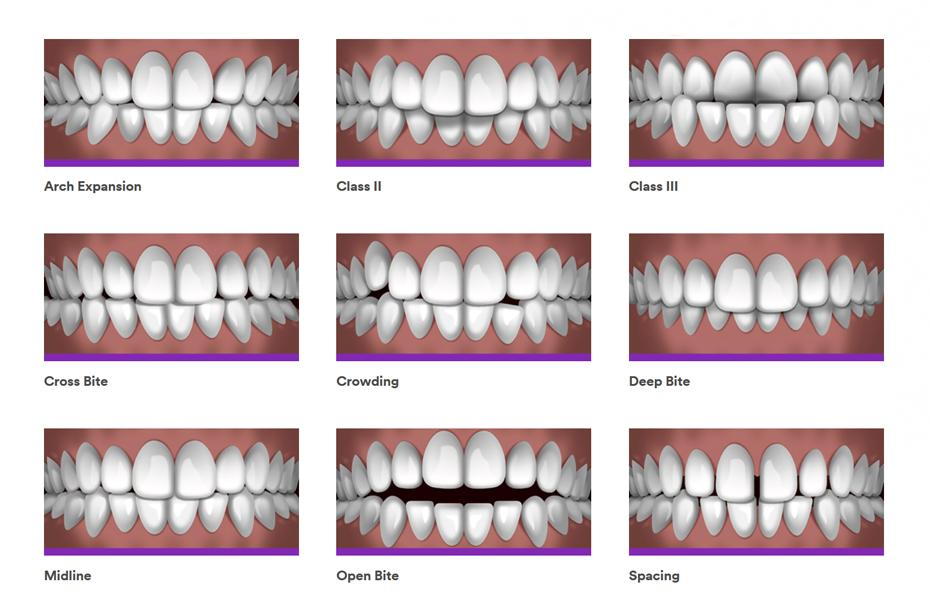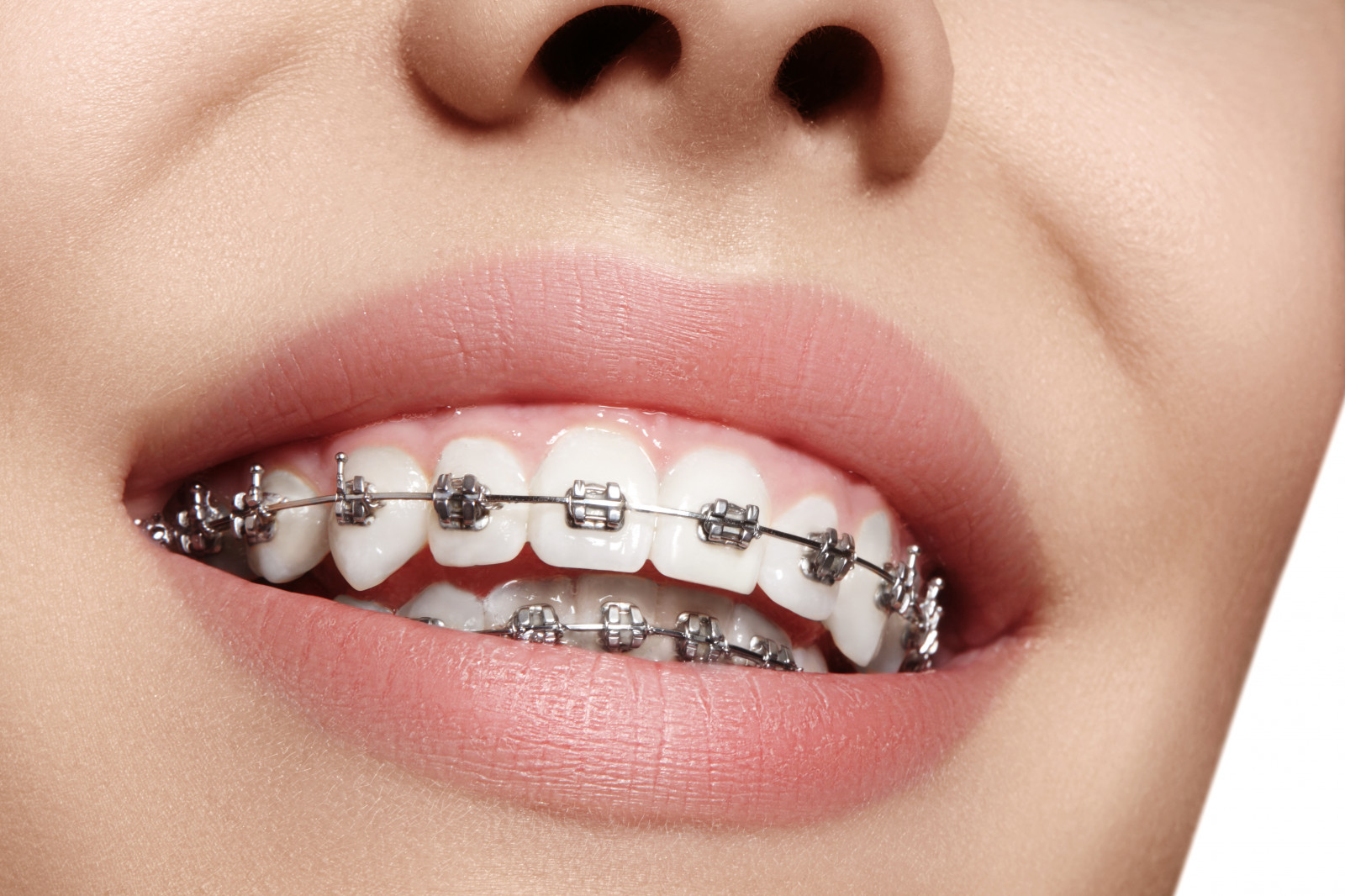The 6-Minute Rule for Causey Orthodontics
Table of ContentsThe Main Principles Of Causey Orthodontics 9 Easy Facts About Causey Orthodontics ShownThe Basic Principles Of Causey Orthodontics Everything about Causey OrthodonticsA Biased View of Causey Orthodontics
Overlooking occlusal connections, it was typical to get rid of teeth for a selection of dental issues, such as malalignment or congestion. The idea of an intact teeth was not widely valued in those days, making bite connections appear pointless. In the late 1800s, the concept of occlusion was essential for producing dependable prosthetic replacement teeth.As these concepts of prosthetic occlusion advanced, it ended up being an invaluable device for dentistry. It was in 1890 that the job and impact of Dr. Edwards H. Angle started to be felt, with his contribution to contemporary orthodontics specifically noteworthy. At first concentrated on prosthodontics, he instructed in Pennsylvania and Minnesota before guiding his attention towards dental occlusion and the treatments required to maintain it as a typical problem, therefore coming to be called the "daddy of contemporary orthodontics".

The principle of optimal occlusion, as postulated by Angle and integrated right into a category system, made it possible for a change in the direction of treating malocclusion, which is any variance from normal occlusion. Having a full collection of teeth on both arches was highly searched for in orthodontic treatment because of the need for specific relationships in between them.
What Does Causey Orthodontics Mean?
As occlusion became the vital priority, facial proportions and aesthetic appeals were neglected - best orthodontist. To attain perfect occlusals without utilizing external forces, Angle postulated that having best occlusion was the best means to gain optimal facial appearances. With the passing of time, it became quite apparent that also an extraordinary occlusion was not appropriate when taken into consideration from an aesthetic viewpoint
Charles Tweed in America and Raymond Begg in Australia (that both researched under Angle) re-introduced dental care removal into orthodontics during the 1940s and 1950s so they could improve facial esthetics while additionally ensuring far better security worrying occlusal connections. In the postwar period, cephalometric radiography started to be used by orthodontists for gauging adjustments in tooth and jaw placement triggered by growth and therapy. It came to be apparent that orthodontic therapy could adjust mandibular growth, causing the formation of functional jaw orthopedics in Europe and extraoral pressure actions in the United States. Nowadays, both practical home appliances and extraoral gadgets are applied around the globe with the purpose of changing growth patterns and kinds. Subsequently, going after true, or at the very least boosted, jaw connections had come to be the primary objective of therapy by the mid-20th century.
Causey Orthodontics for Beginners
 Up until the mid-1970s, braces were made by wrapping steel around each tooth. https://www.sbnation.com/users/causeyortho7., it became feasible to rather bond steel braces to the teeth.
Up until the mid-1970s, braces were made by wrapping steel around each tooth. https://www.sbnation.com/users/causeyortho7., it became feasible to rather bond steel braces to the teeth.Andrews provided an insightful interpretation of the perfect occlusion in irreversible teeth. This has actually had meaningful results on orthodontic treatments that are administered routinely, and these are: 1. Appropriate interarchal connections 2. Appropriate crown angulation (suggestion) 3. Correct crown disposition (torque) 4. No turnings 5. Tight contact points 6. Flat Contour of Spee (0.02.5 mm), and based on these principles, he found a therapy system called the straight-wire home appliance system, or the pre-adjusted edgewise system.
The benefit of the layout depends on its brace and archwire mix, which needs just very little cable bending from the orthodontist or medical professional (best orthodontist near me). It's appropriately called hereafter attribute: the angle of the slot and density of the brace base ultimately identify where each tooth is situated with little demand for additional manipulation
The 8-Second Trick For Causey Orthodontics
Both of these systems utilized identical brackets for each tooth and necessitated the flexing of an archwire in three aircrafts for locating teeth in their preferred placements, with these bends determining ultimate positionings. When it comes to orthodontic home appliances, they are separated into two kinds: removable and taken care of. Detachable devices can be taken on and off by the person as required.

Thus, almost all modern fixed home appliances can be thought about variants on this edgewise device system. Early 20th-century orthodontist Edward Angle made a major payment to the world of dental care. He produced 4 distinct appliance systems that have actually been utilized as the basis for lots of orthodontic therapies today, barring a few exceptions.
The 9-Second Trick For Causey Orthodontics

The wire ended in a thread, and to relocate forward, an adjustable nut was made use of, which enabled an increase in circumference. By ligation, each specific tooth was connected to this extensive archwire (orthodontist services). Due to its limited series of motion, Angle was unable to attain precise tooth placing with an E-arch
These tubes held a firm pin, which could be rearranged at each visit in order to move them in position. Dubbed the "bone-growing device", this gizmo was theorized to motivate healthier bone growth due to its capacity for transferring pressure directly to the roots. Nevertheless, executing it proved bothersome in truth.